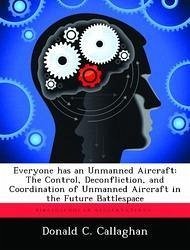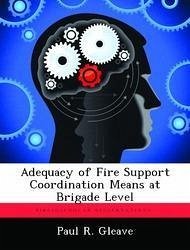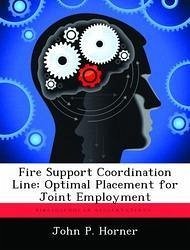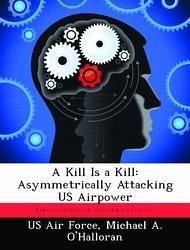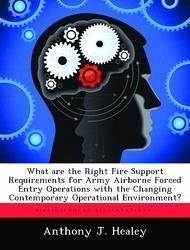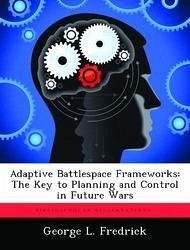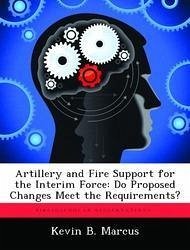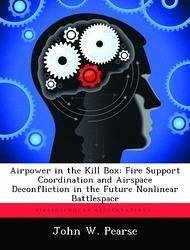
Airpower in the Kill Box: Fire Support Coordination and Airspace Deconfliction in the Future Nonlinear Battlespace
Versandkostenfrei!
Versandfertig in über 4 Wochen
52,99 €
inkl. MwSt.

PAYBACK Punkte
26 °P sammeln!
This study seeks to determine how to implement control measures and airspace deconfliction in the future nonlinear battlespace. Fire Support Control Measures and Airspace Control Measures can significantly affect the efficiency of joint combat operations. Current joint doctrine lacks detailed explanations about employing airpower in a nonlinear environment. Many think tanks predict this type of environment will be prevalent in the future. To assess the validity of current doctrine, this study examines the historical experience at the Battle of Khe Sanh. After tracing past experience with kill ...
This study seeks to determine how to implement control measures and airspace deconfliction in the future nonlinear battlespace. Fire Support Control Measures and Airspace Control Measures can significantly affect the efficiency of joint combat operations. Current joint doctrine lacks detailed explanations about employing airpower in a nonlinear environment. Many think tanks predict this type of environment will be prevalent in the future. To assess the validity of current doctrine, this study examines the historical experience at the Battle of Khe Sanh. After tracing past experience with kill box systems, current and emerging capabilities are explored. Analysis indicates that a common reference system combined with a kill box system provides a significant improvement over current doctrine. This thesis recommends: 1. The Air Force establish an approved solution in Air Force doctrine based upon this study to a common reference system and a kill box system. 2. The Air Force encourage organizations to propagate this doctrine within the joint community to facilitate acceptance within joint doctrine. 3. Propose joint acceptance in doctrine of the Air Force position on a common reference system and kill box procedures.





